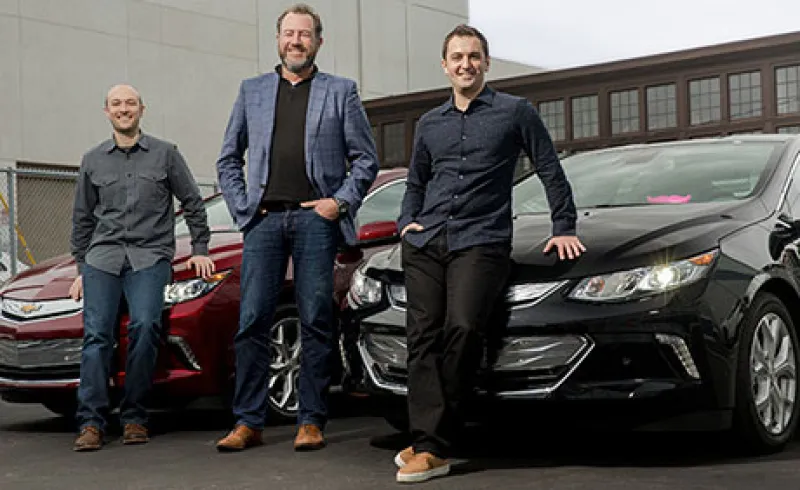This is not your father’s General Motors Co. The largest U.S. automaker announced this month that it is investing $500 million in ride-sharing service Lyft and will work with the San Francisco–based company to form a service allowing customers to order driverless cars to ferry them to their destinations.
The move makes sense for GM, analysts believe. “It’s not a huge risk,” says Martin Zimmerman, former chief economist at Ford Motor Co. and now a professor of business economics at the University of Michigan’s business school. “GM is buying an option to participate in this industry and, to some extent, shape it; $500 million is significant, but given where the industry is headed, it’s something you can understand.”
The agreement with Lyft affords GM an opportunity to get its finger in the pie of ride-sharing and to broaden its involvement with autonomous cars. The two companies will create rental car centers where people who don’t own cars can pick one up and become a Lyft driver. GM may also collaborate with some of Lyft’s Asian partners, including Didi Kuaidi in China, Ola in India and GrabTaxi in Southeast Asia, GM president Dan Ammann told Bloomberg after the deal was announced.
GM’s investment in Lyft represents the first by a major auto manufacturer in a ride-service company. All of the major carmakers and several technology companies, such as Apple and Google’s Alphabet , are trying to develop autonomous cars. GM aims to test a fleet of self-driving Chevrolet Volts at its technical center in Warren, Michigan, later this year.
According to Zimmerman, it will take time to convince consumers that the new technology of driverless cars is safe and reliable. Getting the public acquainted with these vehicles through ride-sharing may be an effective way to do that.
In addition, the ride-sharing market provides an excellent laboratory for automakers like GM to test what kind of autonomous cars and features people will be willing to purchase. “Consumers won’t be as concerned about the content in the ride-sharing vehicle, so it will be less risky for auto manufacturers to target the ride-sharing market first,” Zimmerman says.
The development of autonomous ride-sharing services doesn’t mean that consumers won’t want their own driverless cars, however. It’s just one step of the transition toward autonomous vehicles. “Sharing will be a big part of it,” says Richard Wallace, director of transportation systems analysis at the Center for Automotive Research in Ann Arbor, Michigan. “But I think buying and owning will be a part of the model for quite some time.”
Granted, ride-sharing isn’t the best option for everyone. For the moment at least, Lyft operates only within the U.S. — and even then, not in every major metropolitan region, never mind rural areas. And convenience is an issue everywhere. Customers must plan in advance for using the services and wait for the car to arrive, which isn’t always on time. People have many reasons for wanting their own car, and convenience is a big one, Wallace says. Ride-sharing services make the most sense for informal trips, such as meeting friends, he believes. “It doesn’t matter if you’re ten minutes late to a bar or a restaurant,” he adds.
GM’s rental center agreement with Lyft represents a shift in the automaker’s fleet management. GM is acknowledging that drivers don’t have to own cars, Zimmerman says. But to some extent, the vehicles they sell to Lyft for rentals compete with the taxis they would have sold. On the plus side, the rental cars could serve as a marketing device, Wallace says: “If an 18-year-old becomes a Lyft driver and uses a GM car, maybe at 25 they will buy a GM car.”
Meanwhile, analysts say that an alliance by GM with Lyft’s partners in Asia would serve the automaker well, where outdated infrastructure has led to indomitable traffic. “Car-sharing is a very attractive option there,” Wallace says. “Ford is already doing it. This is a quick way for GM to get into that market.”
Get more on corporations.







